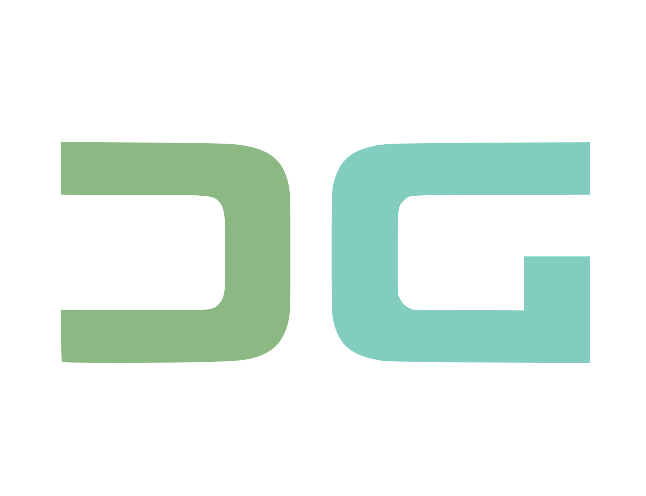
After the next operation f is determined, in the second stage, we need to generate the arguments. As above, Chain-of-Table considers three components in the prompt as shown in the figure: (1) the question, (2) the selected operation and its required arguments, and (3) the latest intermediate table.
For instance, when the operation f_group_by is selected, it requires a header name as its argument.
The LLM selects a suitable header within the table. Equipped with the selected operation and the generated arguments, Chain-of-Table executes the operation and constructs a new intermediate table for the following reasoning.
Chain-of-Table iterates the previous two stages to plan the next operation and generate the required arguments. During this process, we create an operation chain acting as a proxy for the tabular reasoning steps. These operations generate intermediate tables presenting the results of each step to the LLM. Consequently, the output table contains comprehensive information about the intermediate phases of tabular reasoning. In our final stage, we employ this output table in formulating the final query and prompt the LLM along with the question for the final answer.
Source Credit: http://blog.research.google/2024/03/chain-of-table-evolving-tables-in.html




